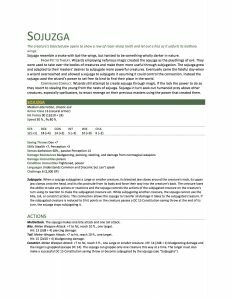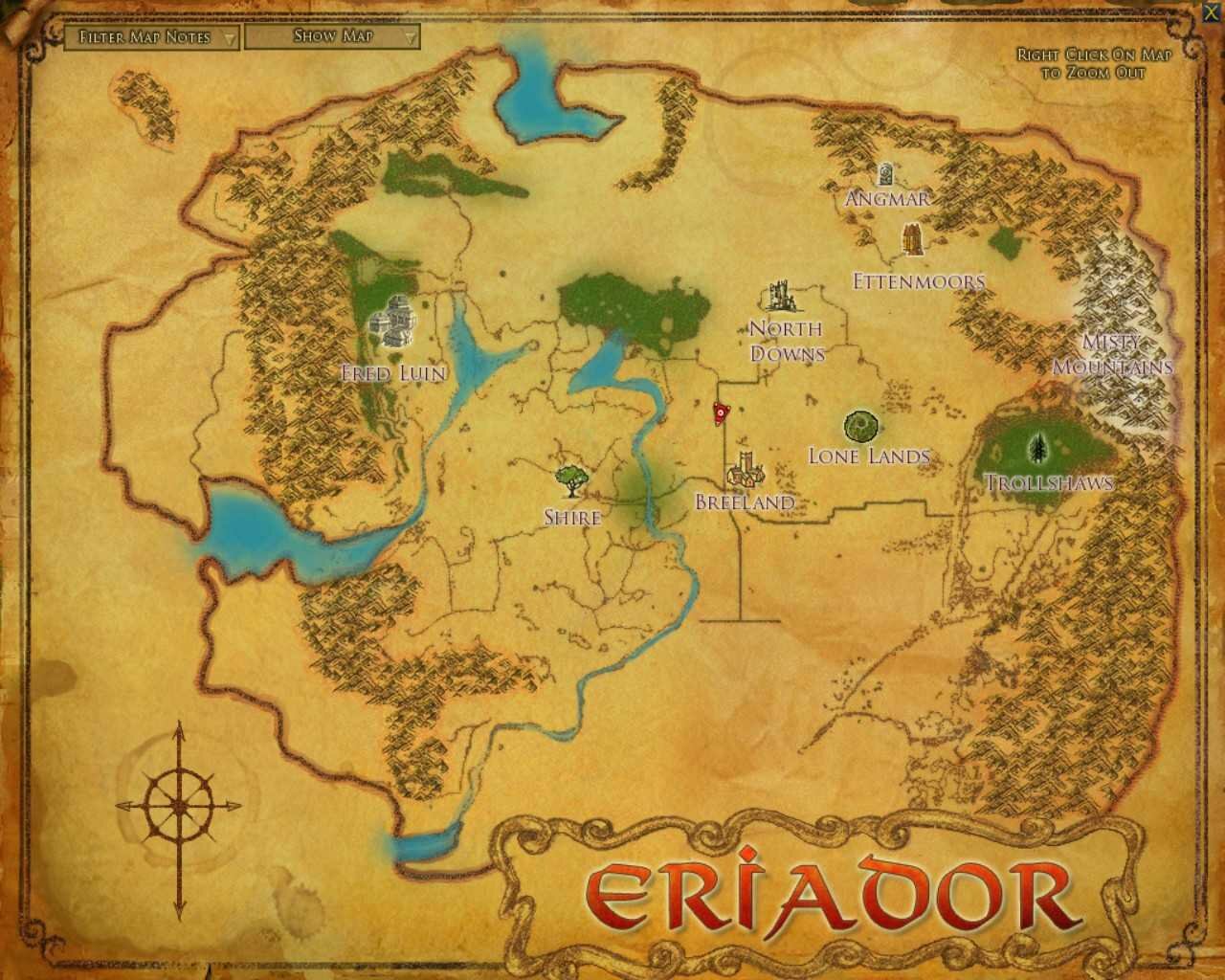Beyond the Words: The Costs of Layout for RPGs
Image from Tactical Maps: Adventure Atlas.
This World Builder Blog post is by guest author Rich Lescouflair.
When I started writing my own tabletop products to sell, I also wondered how I could get them to have the look and feel of something of equal value to the words being put into it. Over time and with the help of some friends, I learned not only how to put together my own layouts, but also how much time, patience, and resources it takes to do so.
It wasn’t long before I was asked to do layout and design work for others. I was surprised at how difficult it was to figure out what to charge. But even more so, I was shocked to discover how little even long-time writers and designers understood about the nature of the job itself. In fact, the most readily available information to freelancers on how much to pay for layout is provided by people that don’t actually do it. So, the question becomes: How do you know what to budget for layout? And if you’re doing it for someone else, how much is it worth?
Covering the Basics
Whether you’re hiring or looking to be hired for layout, it’s important to understand the basics of what’s involved. For starters, it’s important to note that layout and graphic design are two completely different jobs. Now that we’ve established that, let’s get into some specifics:
What It Costs: As far as costs are concerned, there is no universal “page/word” rate for an RPG layout. Since every project is different and has a varied number of art pieces, headers, columns, tables, sections, and many other variables, trying to estimate layout costs by page or word count is unrealistic and often undervalues the amount of work required. While some freelancers still offer their services at a “per page” rate, professional layout work more commonly starts out at $20-25/hour, increasing based on the designer’s skills and experience. Unlike writing, which can at least be measured by content, what you’re really paying for with layout is time, judgment, and expertise.
What It Is: Layout is the art of taking a written document and applying headers, character styles, colors, markers, tables, and other forms of formatting. This gets applied to a page template that may contain artwork and additional page graphics, all while making sure it all fits and flows evenly on each page in an aesthetically pleasing way. A lot of this can be accomplished just using Word, but quality layout requires InDesign and similar programs that allow you to adjust the flow of text, resize artwork, and use graphic layers. These programs take time to learn and are expensive to use and maintain. Even then, just learning the software won’t help you without knowledge and practice on where to place and position elements. To make the most out of their skills, some layout designers also create their own page elements to keep the look and feel consistent.
What It Isn’t: There’s a growing misconception on what’s included in layout work. Commissioning/locating art and assigning their placement in a book is called “art direction”, which is a completely different job. Graphic manipulation of artwork is also a different job, which utilizes a different set of tools and skills. Cover design, logos, cartography — all handled by artists or digital graphic designers, and usually a different one for each task.
Asking the Right Questions
With the basics of the job in mind, the next step is to decide what’s required for the layout project.
Commissioning Layout Work
Unless you’re doing it yourself, each RPG project should have a planned budget for layout. Aside from rates, your expectations on how you want a book to appear should define what questions to ask when hiring someone to layout your project.
Providing Examples. One of the easiest approaches is providing a sample of another book or other work and asking if the person you’re hiring can create something similar. Although visual examples are best, even a description of a theme can get you on the right track. If your project requires its own unique page elements or trade dress, be sure to mention that as well. Discuss what art you have available in terms of size, quantity, and format. The layout designer should know what they can and can’t do.
Alternate Rates. With more and more options for digital marketing such as DMs Guild and Roll20, it’s also easier to offer sales royalties as compensation for layout work. This is likely the best method for working with freelancers or for projects with a small budget. Offering royalties not only saves on upfront costs, it lets the layout designer’s quality of work present itself as a value to how well it helps sell your product. This, however, works both ways. Offering to pay in royalties should be done with the intention that the layout designer eventually earns at least what they would have up front.
Bundling Options. Even though they require a different skill set and software, many (if not most) layout designers have one or more additional development skills such as graphic design work, art direction, and even digital cartography. It’s likely they’ll charge extra for these (and it’s important to remember that they should), but you’ll also likely pay a lot less than you would hiring multiple people. The only thing you would have to sacrifice is the time it takes them to do the extra work.
Edit Before Layout. Nothing can derail a layout faster than a major change in the written format. This is why before sending anything in for layout, you should make absolutely sure the work is properly edited. Simple copy edits and spelling corrections are fine to make within a layout file. Adding/removing/replacing paragraphs, sections, and art at any point in the layout immediately shifts everything around it, requiring the layout to be redone, which could sometimes take hours depending on the change. It’s a far more difficult task than just “making something fit” on a page, and your layout person is likely to charge you for the additional time and work.
Saving Time and Work. You can easily cut some time off on a layout commission by eliminating unnecessary steps. For example, providing a plain text file with tagged headers can save hours of work for layout in InDesign (which we’ll have to discuss in a separate article). In all honesty, style and header tags are not only helpful, but often expected when sending over a file for layout.
Accepting Commissions
First off, I’ll start by saying I’m no expert on marketing myself out for commission work. I’m very much still a novice in that regard. That being said, once you are approached to do a layout assignment, there are certain questions you should ask about the project:
Time and Time Again. Ask if there’s a deadline or timeline. That, combined with page count, art density, and product format (ex. Print, PDF, DTT, etc.) should give you a rough idea of how long it’ll take you to complete the work. To save yourself some additional time, ask if there are available page elements/graphics as well as text pre-formatted for layout (see my comment above regarding tagged headers). Always remember that time is the primary factor for your rate and availability.
All in the Details. Make sure your idea of how the product should look lines up with that of the writer or lead designer. Showing examples of your past work gives others an idea of what your capabilities are, as well as guides expectations for the end result of your current project.
Offer Up. If you have additional design skills, don’t be afraid to ask if they’re needed and offer a competitive rate. If you can design your own elements and do your own graphics editing, you’re not only gaining additional paid work, you can also merge those skills into a beautiful design that would have been much harder for multiple designers to put together.
Go With a Template. If you’re doing layout work for multiple books in a series, find out if the designer or producer has an established template you can work with, or at least an example you can build a layout template from. It’ll save you tons of work and provide a better feel for what the designer is looking for. If there isn’t one available, you can offer to sell the one you build from scratch to the publisher as a universal template to be used for their future products.
Go Outside the Boxes. Yes, obviously, practicing layout makes you better at it. There is also the advantage of being able to see all of the pieces as you put them together. When building and adjusting a layout design, pay attention to the types of graphics and artwork being used. How were they built? What kinds of effects/shapes/colors are involved? What file types and software were used to create them? Are any of these things that you could learn to do on your own? Understanding what goes into the product as a whole makes your part in it easier to manage. Learning new skills from those parts also increases your value as an overall designer. Who knows? It might even become something you really enjoy doing.
Finding the Balance
In the end, whether commissioning or being commissioned, honesty and flexibility delivers the best results in a layout project. Understand the job, define your needs, and don’t be afraid to make adjustments for anything else. A poorly laid out book can make for an annoying read, no matter how great the writing is. The best RPG layout work is one that wows the reader and draws them in without them even knowing. It’s a part of the book, often unsung but invaluable in its role.
Rich is an RPG writer and graphic designer. He is the creator and lead designer of Esper Genesis, the ENnie Award nominated sci-fi RPG for D&D 5E. In addition to his work for D&D Adventurer’s League, Rich is also one of the DMs Guild Adepts. His work can be found in many products including Xanathar’s Lost Notes, Lost City of Mezro, and The Expanse RPG.



